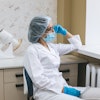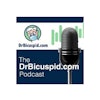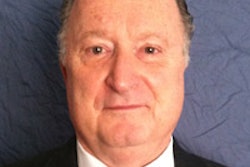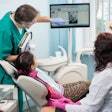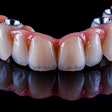
A common practice within our profession is to focus primarily on certain key measurements, such as monthly production and collection. The problem is that these are reactive measurements, and by the time they are analyzed, it is often too late to institute changes.
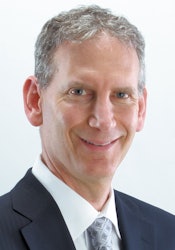 Marc Schlenoff, DDS.
Marc Schlenoff, DDS.Reactive measurements are those that are a reflection of events that have already occurred. In other words, if one were to look at election results the morning after the voting, the data would be reactive, and their analysis would be too late to affect the outcome of the election.
I am going to propose a method of breaking these broad metrics into smaller, more proactive ones that will enable more immediate feedback. This will enable the dentist to make smaller but meaningful changes that will, in turn, positively impact the more global goals.
A proactive measurement is one that focuses on an ongoing event or situation, and thus still has the ability to influence the outcome. Using the election analogy, a proactive measure would be pre-election surveys, or getting focus group reactions to a candidate's stump speech, so that it might be edited before the election.
Many key barometers are involved in assessing the health of a practice. Five crucial ones are the number of new patients, hygiene productivity, overhead percentage, treatment plan acceptance, and staff satisfaction. This article will deal with how and why problems occur and steps that can be taken to rectify them.
New patients
As a practice owner, you need to determine your primary patient sources and always be reaching out and catering to them. In most cases, your referral base will consist of a combination of three factors: existing patients, specialists, or insurance companies. New patients may of course also come from advertising, although that would not be considered a referral.
Every team member must play a role in creating an atmosphere that will make the practice "referable." Examples of proactive, measureable behaviors that would influence this metric would be greeting new patients by name with a warm handshake when they enter the office, post-op phone calls after the initial prophy, creating excellent channels of communication and follow-up with your specialists, and tangible rewards to existing patients for referring others.
“Smaller, more achievable goals will eventually come together to impact the overall profitability of the practice.”
Hygiene productivity
The hygiene department is a very accurate indicator of our ability to create strong, ongoing relationships and a continuing sense of value. The department's productivity, often benchmarked at approximately three times the salary of each hygienist, can be significantly influenced by proactive behaviors. Examples of these are use of intraoral cameras during every hygiene visit, continuing patient education regarding periodontal disease, and preappointing in the operatory by the hygienist to create an increased sense of connection with the provider.
Overhead percentage
Overhead is often a sign of either good or inadequate system implementation. Often, the overhead percentage can also be a sign of an underproducing practice that is experiencing poor utilization of assets, as well as a need to change the fee structure. Proactive measurements here would include a demographic analysis of fees, insurance participation with percentage of write-offs, and proper usage of team members to perform tasks not solely limited to the dentist.
Treatment plan acceptance
This is a key metric in determining the ability of the dentist and team to communicate a sense of value to their patients. People will make purchases based on perceived value, but not unless there is a sense of trust. Therefore, treatment acceptance is much more complex than simply diagnosing a dental problem. It is unrealistic to think that a patient would be willing to undergo extensive and often costly dental treatment without the dentist first establishing an atmosphere of both trust and empathy.
Staff satisfaction
High-quality team interaction will enhance the dentist's ability to produce, but poor interaction can irreparably damage the goodwill of a practice. The degree to which your team is satisfied is closely correlated to the success of the dentist. Patients are very aware of the environment within the office, and team chemistry is a key component on their overall experience.
By breaking down the practice into lesser, more manageable components, it is easier to develop goal-setting strategies. Every team member, including the dentist, will create their own set of tasks and actions specific for each of the five above mentioned aspects of the practice. The key is to focus on those goals that are proactive, so that they can be monitored and evaluated in real-time, as opposed to those that are only viewed in hindsight.
In this way, these smaller, more achievable goals will eventually come together to impact the overall profitability of the practice.
Dr. Marc Schlenoff has practiced for more than 30 years and is president of MDS Dental Solutions, a consulting company dedicated to helping dentists achieve success in any stage of their careers. He can be reached at 973-886-7192 or at mdsdentalsolutions.com.
The comments and observations expressed herein do not necessarily reflect the opinions of DrBicuspid.com, nor should they be construed as an endorsement or admonishment of any particular idea, vendor, or organization.


